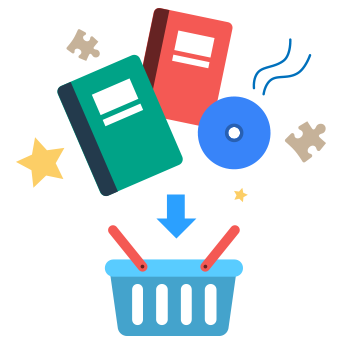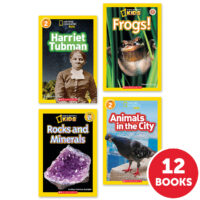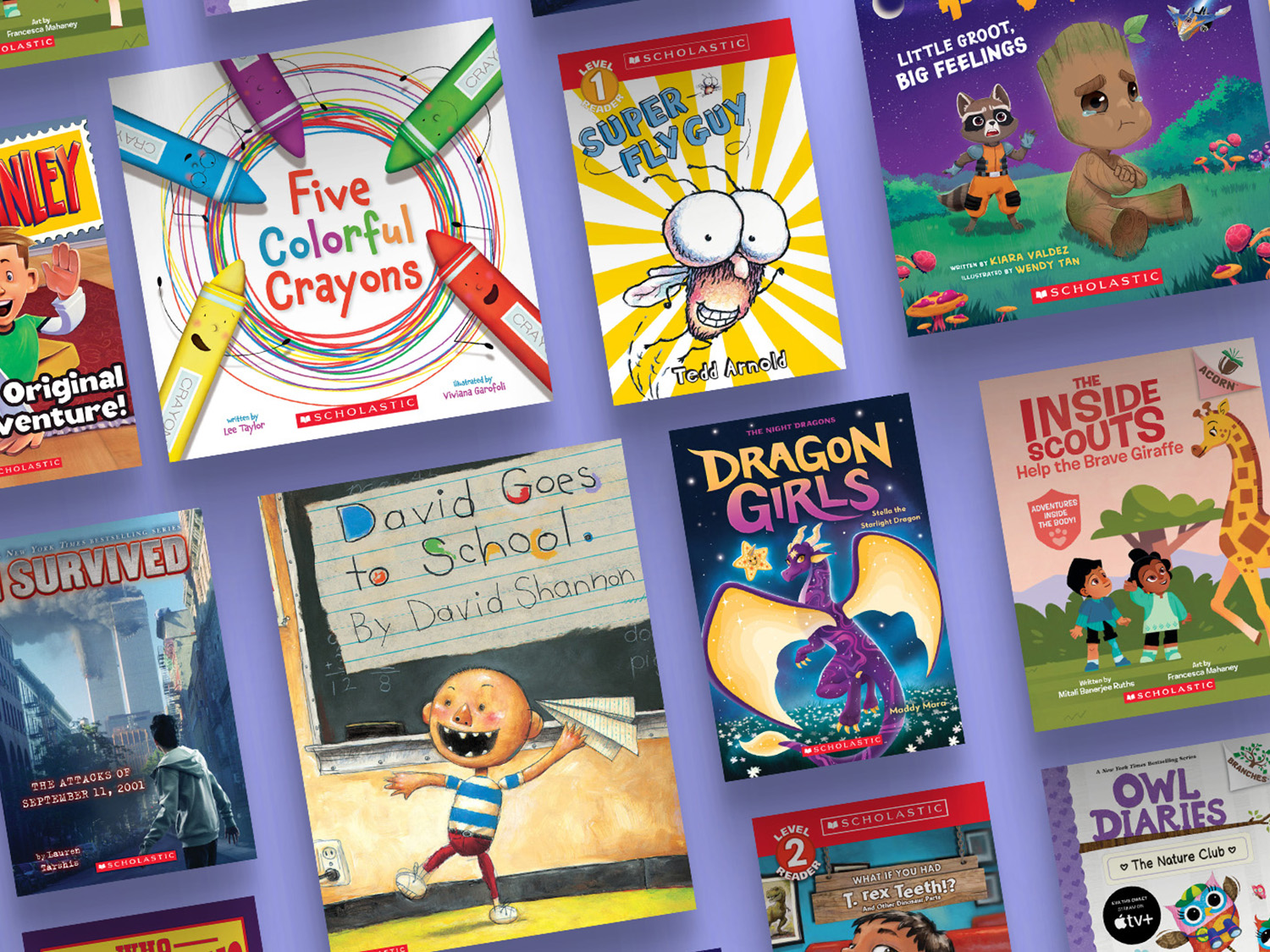This activity is an easy one! All you need are paper plates, poster board, old magazines, scissors, markers, and glue. You can use any nonfiction print magazine for this activity.
Cut the center from a paper plate to create a "door" that can be opened and glue it to the center of a sheet of poster paper.
Have students write facts about the subject of a magazine article on the poster paper surrounding the plate.
To finish the project, students should place a photo of the article's subject behind the door. This image can be cut out of the magazine or drawn by the student as the “answer” to the poster board’s clues, to be guessed and revealed after reading the surrounding facts.
Students can write about any topic that interests them or seek out magazine stories that fit your current curriculum themes. For added difficulty, have students write statements from the point of view of the subject. If the subject is a bird, for example, they might write “I am not a mammal,” or, “I have bright blue feathers.”
Hang the posters where other students can read the facts and try to guess what object is hidden behind the door before they reveal the answer. (No peeking!)
There are numerous ways to adapt this activity to maximize learning potential.
Differentiate: Give less complex topics to students who need more support. You can also have students work together in groups by their ability level or assign individual posters to more advanced students.
Use as a Review: Use magazines containing material previously covered in class and have students secretly create their posters. The other students will have to use their powers of recall to figure out the answers. (This is helpful for test prep, too!)
Students as Teachers: Have older students create posters for younger students using leftover magazines from the younger grades. Younger students will have their lessons reinforced while older students get a chance to play teacher.
Encourage extra research: Instruct students to use online and book resources to find new and unknown facts about a topic covered in the magazines. They should include the new facts in their poster presentations.
Go digital: Instead of using poster board and plates, challenge students to make an interactive slideshow with factual clues on each slide and the big reveal on the final slide. (Tip: The second-to-last slide should be blank so students have a chance to guess the answer before it is revealed.)
If you don’t have old magazines at your disposal, encourage students to research their chosen subject in nonfiction books instead! Whether you’re teaching about the amazing strides women have made in various fields or the science behind animal behavior, nonfiction books are the perfect way to explore various topics with fun narratives.
Shop nonfiction books below! You can find all books and activities at The Teacher Store.






























